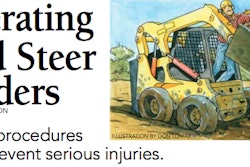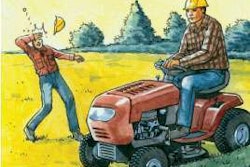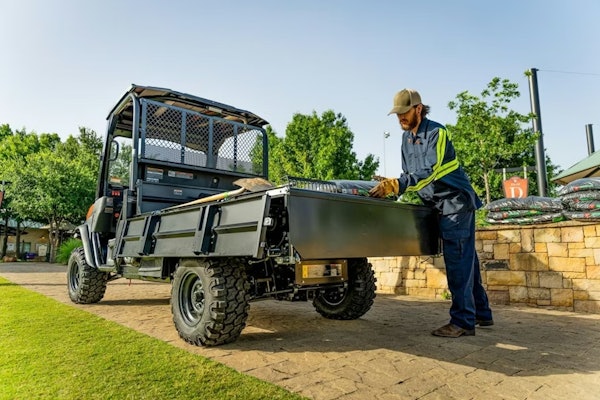
Check out these criteria to best determine a mower’s performance.
By Richard Ries
Zero-turn mowers are to landscapers what wrenches are to mechanics—the fundamental tools of the trade. And no equipment has a more demanding duty cycle, often up to 80 hours per week under full load during the cutting season, followed by months of storage and, often, benign neglect. Here are the key performance characteristics of mowers to examine.
1. Mowing deck
“The deck affects job quality the most,” says Ross Hawley, product manager at Exmark. “It affects the cleanliness of the cut, the dispersion of the clippings and the final after-cut appearance of the lawn. It also is the feature delivering what customers are paying for—a perfect-looking property. The cutting deck is the first and most important decision to make.”
And a deck must also withstand abrasion and impact, says Jerry Sandy, product manager at Husqvarna. That durability must extend to the blade spindles and front caster assemblies, which are faced with impacts from hidden objects while cutting, curb crossings, and loading and unloading the mower.
2. Control levers
“The feel of the steering control levers is critical,” says Ruthanne Stucky, marketing director for Grasshopper. “The initial touch should put you in full control, able to change direction quickly and effortlessly. Precision control allows quicker, closer trimming in less time, as well as tapered starts and stops, straight lines for striping and easy maneuvering around obstacles with no wasted motion.” Adjustable levers make it possible to customize the reach for operators of differing heights and arm lengths.
3. Operator comfort
Easy-to-use steering levers are part of what keeps an operator fresh and alert at the end of a long day. A comfortable, suspension-mounted seat also helps. The operator’s position relative to the mower’s centerlines (both fore-and-aft and side-to-side) and center of gravity makes a difference. Manufacturers of big earthmoving equipment stress the importance of reducing NVH—noise, vibration and harshness—in reducing operator fatigue. Minimizing NVH is just as important on mowers. None of this can be discerned from specs. Once you’ve narrowed your choices based on specs, ask for demonstrations of each model on properties you mow often to get a real sense of the comfort afforded by each. “Never buy until you’ve had an on-site demonstration,” Stucky advises.
4. Engine power
Kyle Hagen, product manager for zero-turn mowers at Kubota, recommends diesel power for demanding applications because of diesels’ strong torque-to-horsepower ratios. He also notes diesel engines are generally more fuel-efficient than gasoline engines, and fuel savings can offset the higher initial cost of a diesel-powered mower. Another fuel-efficient design is the electronically fuel injected gas engine, Hawley says. He also recommends a realistic assessment of your power requirements. You may find you need less power than you first thought, and running a machine with a smaller engine that gets the job done can reduce fuel costs.
5. Maintenance
Everything that must be done regularly must be done easily. If not, it won’t get done on time or may not get done at all. Blades must be easy to remove for sharpening. Belts must be accessible for tensioning and replacement. Grease fittings must be exposed so they’re not overlooked and so the grease gun tip can be firmly seated on them. Filters should be easy to change, and fluid levels should be easy to check.










